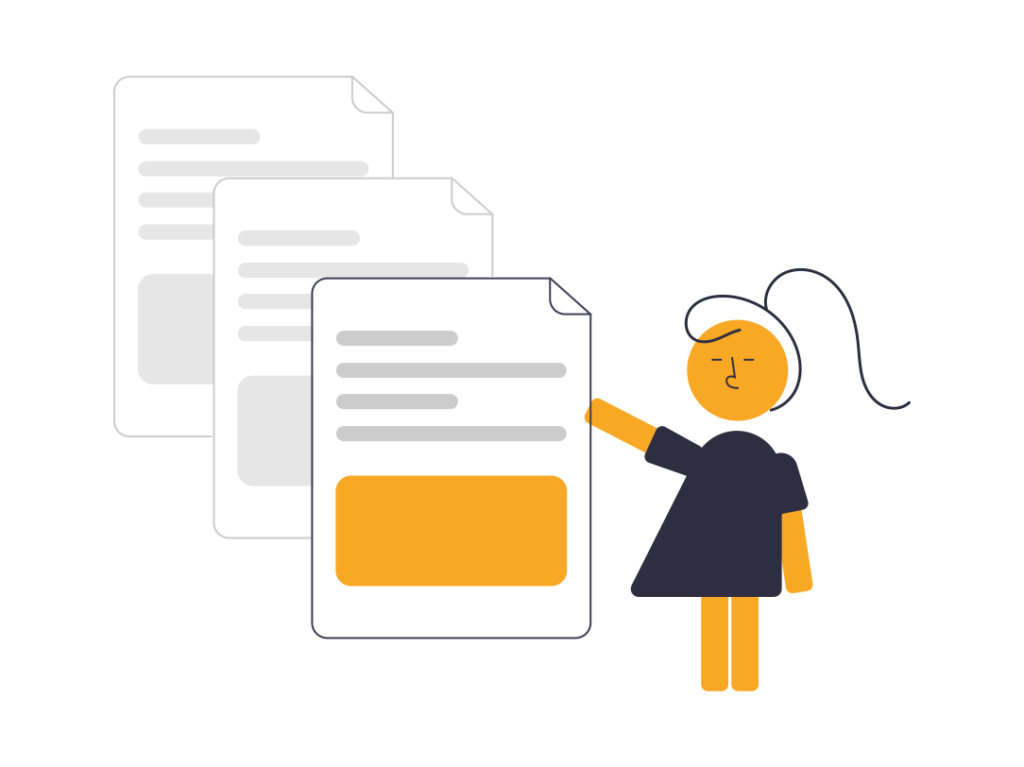es · lesson 3
"Job offers and Job interview"
Lesson summary
In this lesson the students will develop skills for implementing the Agile methodology in their own learning process, Reading and writing job offers in English language, asking and answering questions at a job interview in English language and speaking and writing in the Present time about themselves and others
The Learning objectives are:
- Examine and manipulate examples of Present Tense sentences.
- State the rules for forming a Present Simple tense in affirmative, negative and interrogative
- Produce meaningful and accurate sentences in the Present Tense
- Examine, manipulate and use strategies belonging to the Agile framework.
- Examine, manipulate and produce examples of job offers and job interviews
- Identify and use vocabulary related to the Agile methodology, IT, job offers and job interviews.
The Methodological aspects are that The students will use a Moodle platform with all the resources (forum, messages, online submission of tasks…) Moodle, as the Agile tools, is based on Constructivist/Contructionism principles and is a requirement from the regional education authority in Andalusia, so in this case we are integrating Agile into our day to day real practice. The students will also make use of a Miro board for specific activities, LEGO SERIOUS PLAY, etc.. The lesson will be implemented in Agile methodology within a formal blended learning education program. Taking into account that this will be the first contact with Agile, the first sessions will be used to “train” the students in this methodology..
The contents are:
The basics of the Agile methodology which will be used during the teaching/learning process.
What´s Agile? How and why do we use it?
Talking about the Present:
Present Simple Tense.
The adverbs of frequency.
The 6 Wh-
The job offer (description, elements, structure, vocabulary)
The job interview (description, parts, structure, vocabulary, greetings, polite expressions…)







